Home>Gardening & Outdoor>Landscaping Ideas>What Does Kikuyu Grass Look Like
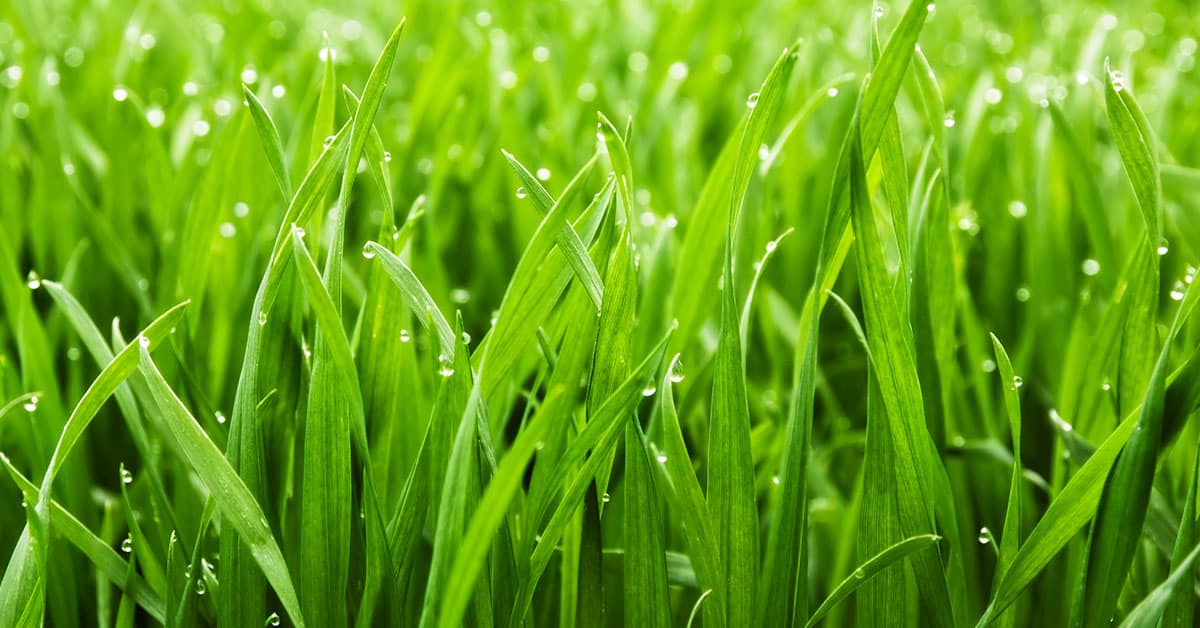

Landscaping Ideas
What Does Kikuyu Grass Look Like
Modified: February 18, 2024
Discover what Kikuyu grass looks like and get landscaping ideas for your outdoor space. Learn how to incorporate this versatile grass into your landscape design.
(Many of the links in this article redirect to a specific reviewed product. Your purchase of these products through affiliate links helps to generate commission for Storables.com, at no extra cost. Learn more)
Introduction
Kikuyu grass, scientifically known as Pennisetum clandestinum, is a warm-season perennial grass that is widely utilized for lawns, pastures, and erosion control. This resilient grass species originated from East Africa and has garnered popularity in various regions due to its robust nature and adaptability to diverse climates. Understanding the characteristics, appearance, growth habits, and uses of Kikuyu grass is essential for individuals seeking to cultivate lush, vibrant lawns or manage landscapes effectively.
Kikuyu grass is celebrated for its rapid growth, vibrant green color, and ability to thrive in a wide range of soil types and conditions. Its hardiness and resilience make it a favored choice for homeowners, landscapers, and agriculturalists alike. This article delves into the key characteristics and visual aspects of Kikuyu grass, shedding light on its distinct features and practical applications. Whether you are a seasoned horticulturist or a homeowner embarking on a landscaping project, understanding what Kikuyu grass looks like and its unique attributes is fundamental for achieving landscaping success.
Key Takeaways:
- Kikuyu grass is a resilient and vibrant grass species with rapid growth, lush green appearance, and the ability to thrive in various conditions, making it ideal for creating low-maintenance and visually appealing landscapes.
- Its aggressive spreading nature, drought tolerance, and diverse uses in lawn establishment, erosion control, and pasture forage highlight Kikuyu grass as a valuable asset for sustainable and practical land management, contributing to vibrant and resilient outdoor spaces.
Read more: What Does Crabgrass Look Like
Characteristics of Kikuyu Grass
Kikuyu grass possesses a myriad of characteristics that contribute to its widespread appeal and utility in various landscaping and agricultural endeavors. Understanding these traits is crucial for harnessing the full potential of this resilient grass species.
- Rapid Growth: One of the most notable characteristics of Kikuyu grass is its rapid growth rate. This grass species has a remarkable ability to establish and spread quickly, making it an excellent choice for rapidly covering bare areas and preventing soil erosion.
- Drought Tolerance: Kikuyu grass exhibits impressive drought tolerance, enabling it to endure prolonged periods of dry conditions. This characteristic makes it an ideal choice for regions with limited water availability, where maintaining lush, green lawns can be challenging.
- Traffic Tolerance: Another key characteristic of Kikuyu grass is its exceptional tolerance to foot traffic and wear. This attribute makes it a popular choice for lawns, parks, and recreational areas where high levels of activity are expected.
- Aggressive Nature: Kikuyu grass is known for its aggressive growth habit, spreading through both above-ground stolons and below-ground rhizomes. This aggressive nature allows it to quickly fill in bare patches and outcompete weeds, contributing to its reputation as a robust and low-maintenance grass species.
- Adaptability: Kikuyu grass exhibits remarkable adaptability to various soil types and environmental conditions. It can thrive in both full sun and partial shade, making it a versatile choice for a wide range of landscaping applications.
- Winter Dormancy: In regions with colder climates, Kikuyu grass enters a period of winter dormancy, during which it turns brown. While this dormancy may affect its visual appeal during the colder months, the grass regains its vibrant green color once warmer temperatures return.
These characteristics collectively contribute to the resilience and versatility of Kikuyu grass, positioning it as a favored choice for homeowners, landscapers, and agricultural professionals seeking a durable and low-maintenance grass species.
Appearance of Kikuyu Grass
Recognizing the distinctive appearance of Kikuyu grass is essential for identifying and appreciating its visual characteristics. This warm-season perennial grass exhibits several visual traits that set it apart and contribute to its allure in landscaping and agricultural settings.
When well-maintained, Kikuyu grass presents a lush and vibrant appearance, characterized by its rich green coloration. The blades of Kikuyu grass are relatively broad and flat, contributing to its dense and carpet-like growth habit. This lush carpet of grass can create a visually appealing landscape, whether it’s a manicured lawn, recreational field, or erosion control area.
One of the defining visual features of Kikuyu grass is its rapid growth and spreading nature. As it establishes, this grass species forms a dense mat, effectively covering the ground and providing a verdant backdrop. The aggressive growth habit of Kikuyu grass allows it to quickly fill in bare patches, creating a seamless and uniform expanse of greenery.
During the warmer months, Kikuyu grass exhibits robust growth, with the blades reaching a moderate height. This growth pattern contributes to the grass’s ability to withstand heavy foot traffic and wear, making it an ideal choice for high-traffic areas such as parks, sports fields, and recreational spaces.
While Kikuyu grass boasts a vibrant green hue during its active growth phase, it is important to note that in regions with colder climates, this grass species enters a period of winter dormancy. During this dormancy, Kikuyu grass turns brown, signaling its temporary cessation of active growth. However, with the onset of warmer temperatures, Kikuyu grass reverts to its lush green appearance, rejuvenating the landscape with its vibrant coloration.
The visual appeal of Kikuyu grass, characterized by its dense growth, vibrant green color, and resilience, makes it a sought-after choice for creating verdant lawns, lush recreational areas, and sustainable erosion control measures. Understanding and appreciating the distinctive appearance of Kikuyu grass is fundamental for harnessing its aesthetic and functional benefits in landscaping and agricultural endeavors.
Kikuyu grass has broad, dark green leaves and spreads quickly through stolons. It forms a dense, lush lawn and is often used in warm climates for its durability and ability to withstand heavy foot traffic.
Growth Habit of Kikuyu Grass
The growth habit of Kikuyu grass is defined by its vigorous and resilient nature, making it a favored choice for a wide range of landscaping and agricultural applications. Understanding the growth patterns and habits of this warm-season perennial grass is crucial for effectively managing and harnessing its potential in various settings.
Kikuyu grass propagates through both above-ground stolons and below-ground rhizomes, contributing to its aggressive spreading and establishment. This growth habit allows Kikuyu grass to rapidly cover bare areas, preventing soil erosion and outcompeting weeds. The ability of this grass species to form a dense mat of foliage contributes to its visual appeal and functionality in diverse landscapes.
One of the key attributes of Kikuyu grass is its rapid growth rate, particularly during the warmer months. This grass species thrives in full sun and exhibits robust growth, with the blades reaching a moderate height. The rapid growth and spreading nature of Kikuyu grass contribute to its ability to withstand high levels of foot traffic, making it an ideal choice for lawns, parks, and recreational areas.
Furthermore, Kikuyu grass demonstrates impressive drought tolerance, enabling it to endure periods of limited water availability. This attribute is particularly valuable in regions with arid or semi-arid climates, where maintaining lush and resilient lawns can be challenging. The ability of Kikuyu grass to thrive in diverse soil types and conditions further underscores its adaptability and resilience.
In regions with colder climates, Kikuyu grass enters a period of winter dormancy, during which it turns brown. This dormancy is a natural response to the cooler temperatures and reduced sunlight, signaling a temporary cessation of active growth. However, with the onset of warmer temperatures, Kikuyu grass emerges from dormancy, resuming its vigorous growth and regaining its lush green appearance.
The growth habit of Kikuyu grass, characterized by its rapid establishment, drought tolerance, and resilience, positions it as a versatile and valuable grass species for landscaping, erosion control, and agricultural purposes. Harnessing the growth potential of Kikuyu grass involves leveraging its robust spreading nature and adaptability to create vibrant and sustainable landscapes.
Uses of Kikuyu Grass
Kikuyu grass, renowned for its resilience and adaptability, serves a multitude of practical purposes in landscaping, agriculture, and environmental management. The versatile nature of this warm-season perennial grass makes it a valuable asset in various applications, ranging from creating lush lawns to mitigating soil erosion.
Lawn Establishment and Maintenance: One of the primary uses of Kikuyu grass is in the establishment and maintenance of vibrant, low-maintenance lawns. Its rapid growth, dense mat-forming habit, and ability to withstand foot traffic make it an ideal choice for homeowners and landscapers seeking to create lush and resilient lawns that can endure wear and tear.
Recreational Areas and Sports Fields: Kikuyu grass is well-suited for use in recreational areas, parks, and sports fields due to its robust growth and traffic tolerance. Its ability to form a dense carpet of grass makes it an excellent option for creating recreational spaces that can accommodate various activities while maintaining an attractive appearance.
Erosion Control and Land Stabilization: The aggressive growth habit of Kikuyu grass, coupled with its ability to thrive in diverse soil types, makes it an effective choice for erosion control and land stabilization. Whether used on slopes, embankments, or construction sites, Kikuyu grass can help prevent soil erosion and promote landscape stability.
Pasture and Forage: In agricultural settings, Kikuyu grass is utilized for pasture and forage due to its rapid growth and ability to withstand grazing pressure. It provides a valuable source of nutrition for livestock and can contribute to sustainable grazing practices in farming and ranching operations.
Soil Improvement and Rehabilitation: Kikuyu grass plays a role in soil improvement and rehabilitation efforts, particularly in areas where soil degradation or disturbance has occurred. Its ability to cover bare ground, prevent erosion, and contribute organic matter to the soil makes it a beneficial component of land restoration projects.
Low-Maintenance Landscaping: For homeowners and property managers seeking low-maintenance landscaping solutions, Kikuyu grass offers an attractive option. Its resilience, adaptability, and minimal water requirements make it an appealing choice for creating sustainable and visually appealing landscapes with minimal upkeep.
Overall, the diverse uses of Kikuyu grass underscore its value as a versatile and resilient grass species with practical applications in landscaping, agriculture, and environmental conservation. Whether employed for creating vibrant lawns, stabilizing landscapes, or supporting agricultural endeavors, Kikuyu grass stands as a valuable asset for sustainable and visually appealing land management.
Read more: What Does Grass Allergy Look Like
Conclusion
In conclusion, understanding the characteristics, appearance, growth habits, and uses of Kikuyu grass illuminates its significance as a resilient and versatile grass species with diverse applications in landscaping, agriculture, and environmental management. From its rapid growth and vibrant green coloration to its ability to withstand foot traffic and thrive in various soil types, Kikuyu grass embodies qualities that make it a sought-after choice for creating sustainable and visually appealing landscapes.
The distinctive appearance of Kikuyu grass, characterized by its lush and dense growth, contributes to its visual allure and functionality in diverse settings. Whether utilized for establishing vibrant lawns, creating recreational spaces, or stabilizing landscapes, the visual impact of Kikuyu grass underscores its value as a landscaping asset.
Furthermore, the growth habits of Kikuyu grass, including its aggressive spreading nature and drought tolerance, position it as a resilient and adaptable grass species capable of thriving in various environmental conditions. Its ability to endure periods of limited water availability and contribute to erosion control underscores its practical utility in landscaping and land management.
The diverse uses of Kikuyu grass, ranging from lawn establishment and erosion control to pasture forage and soil improvement, highlight its multifaceted role in supporting sustainable and practical land management practices. Whether employed for creating low-maintenance landscapes or promoting soil stability, Kikuyu grass stands as a valuable asset with a wide array of applications.
Overall, the comprehensive understanding of what Kikuyu grass looks like and its unique attributes empowers homeowners, landscapers, and agricultural professionals to leverage its resilience and versatility for creating vibrant, sustainable, and visually appealing landscapes. Embracing the distinctive qualities and practical uses of Kikuyu grass opens doors to innovative and effective land management strategies, ultimately contributing to the enhancement of outdoor spaces and environmental conservation.
By recognizing the inherent value of Kikuyu grass and harnessing its potential, individuals and communities can cultivate resilient, visually appealing, and sustainable landscapes that endure and thrive in diverse environmental contexts.
Frequently Asked Questions about What Does Kikuyu Grass Look Like
Was this page helpful?
At Storables.com, we guarantee accurate and reliable information. Our content, validated by Expert Board Contributors, is crafted following stringent Editorial Policies. We're committed to providing you with well-researched, expert-backed insights for all your informational needs.
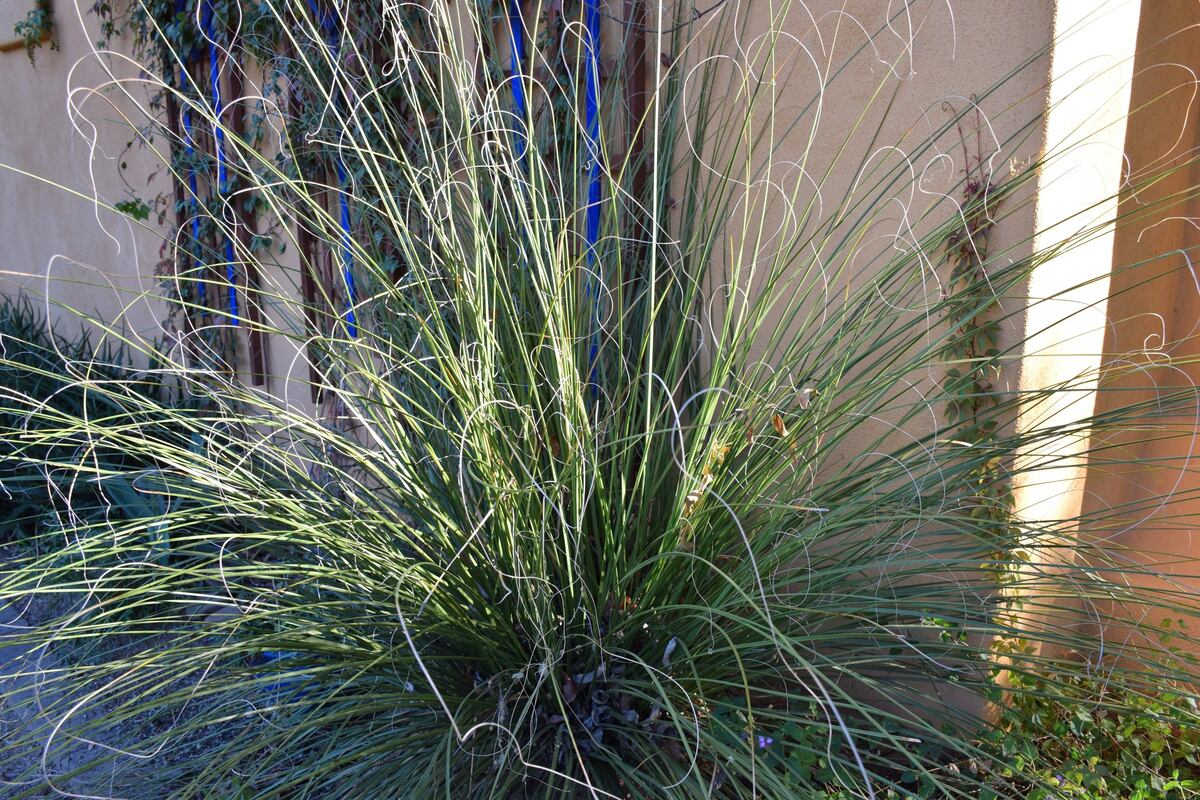
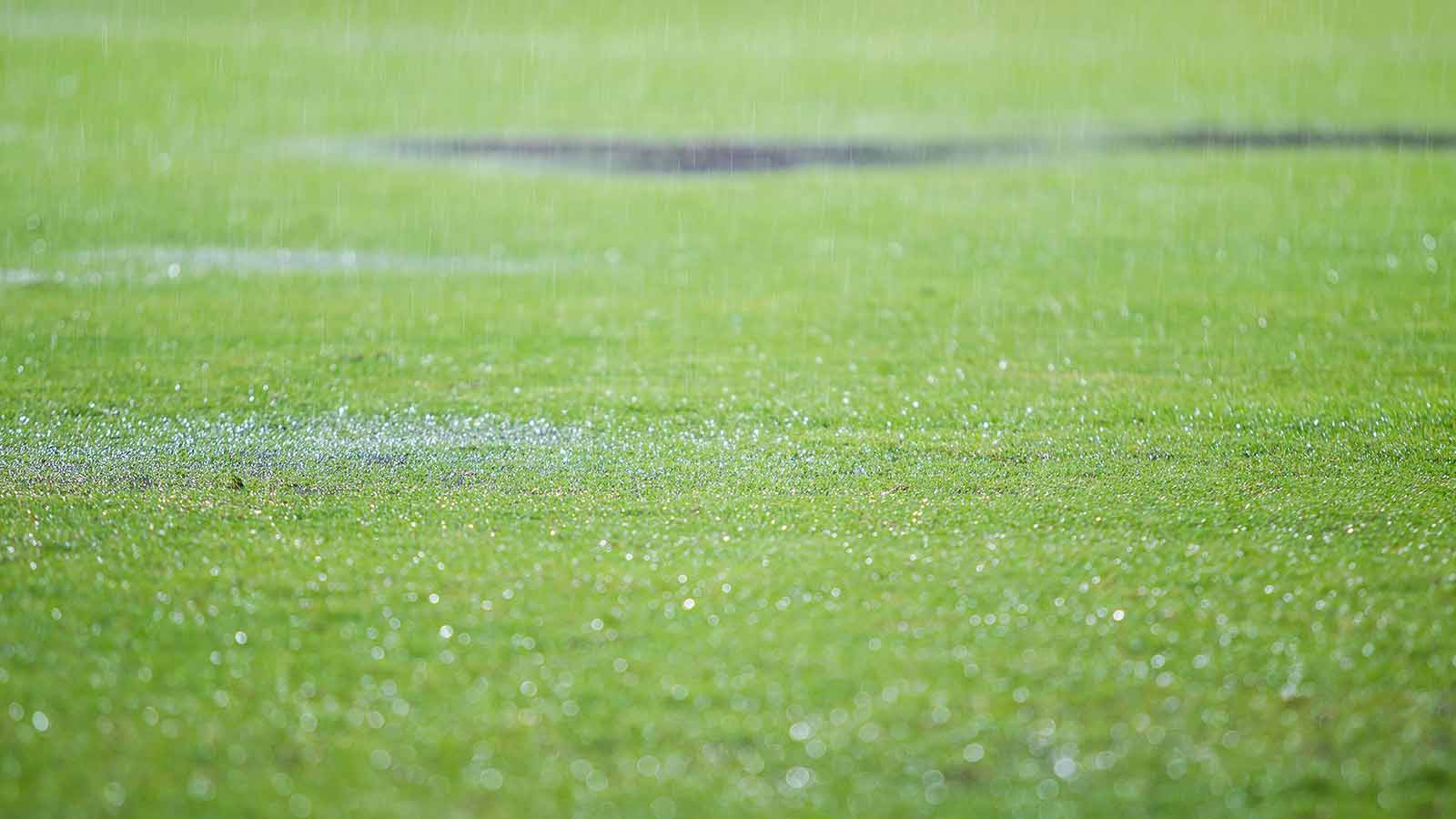
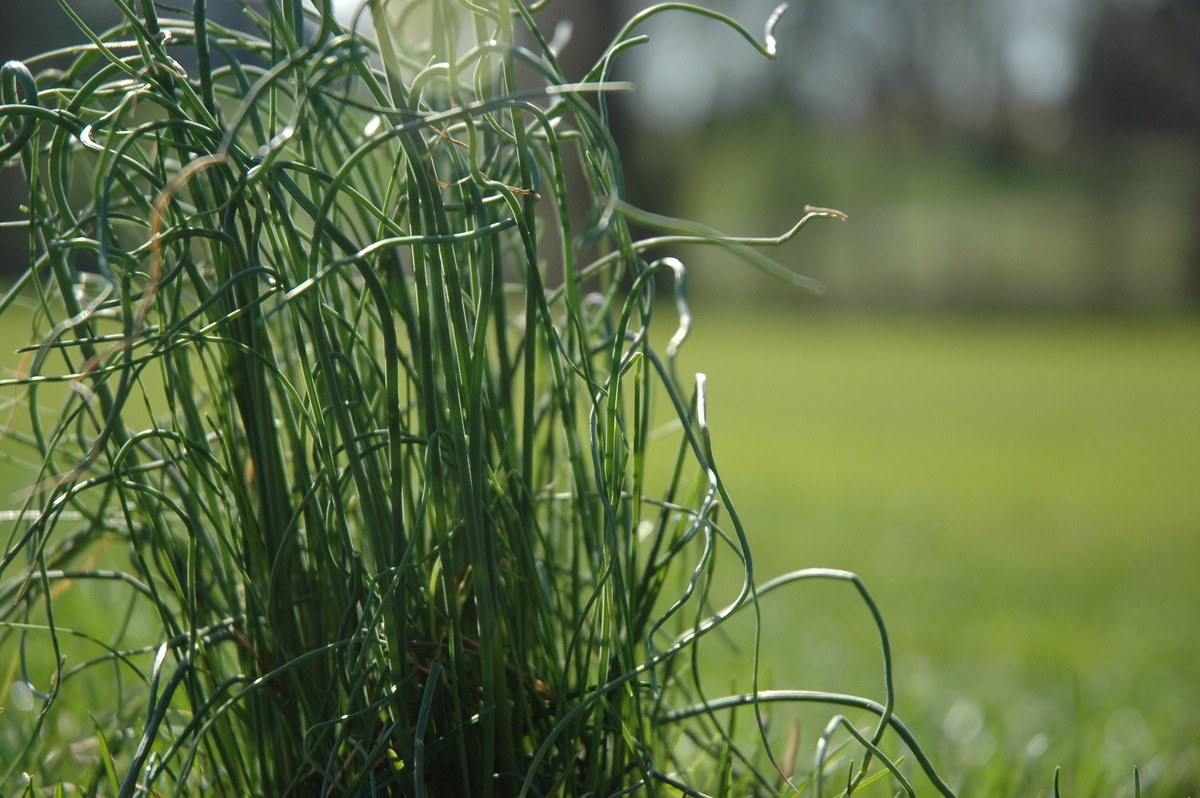
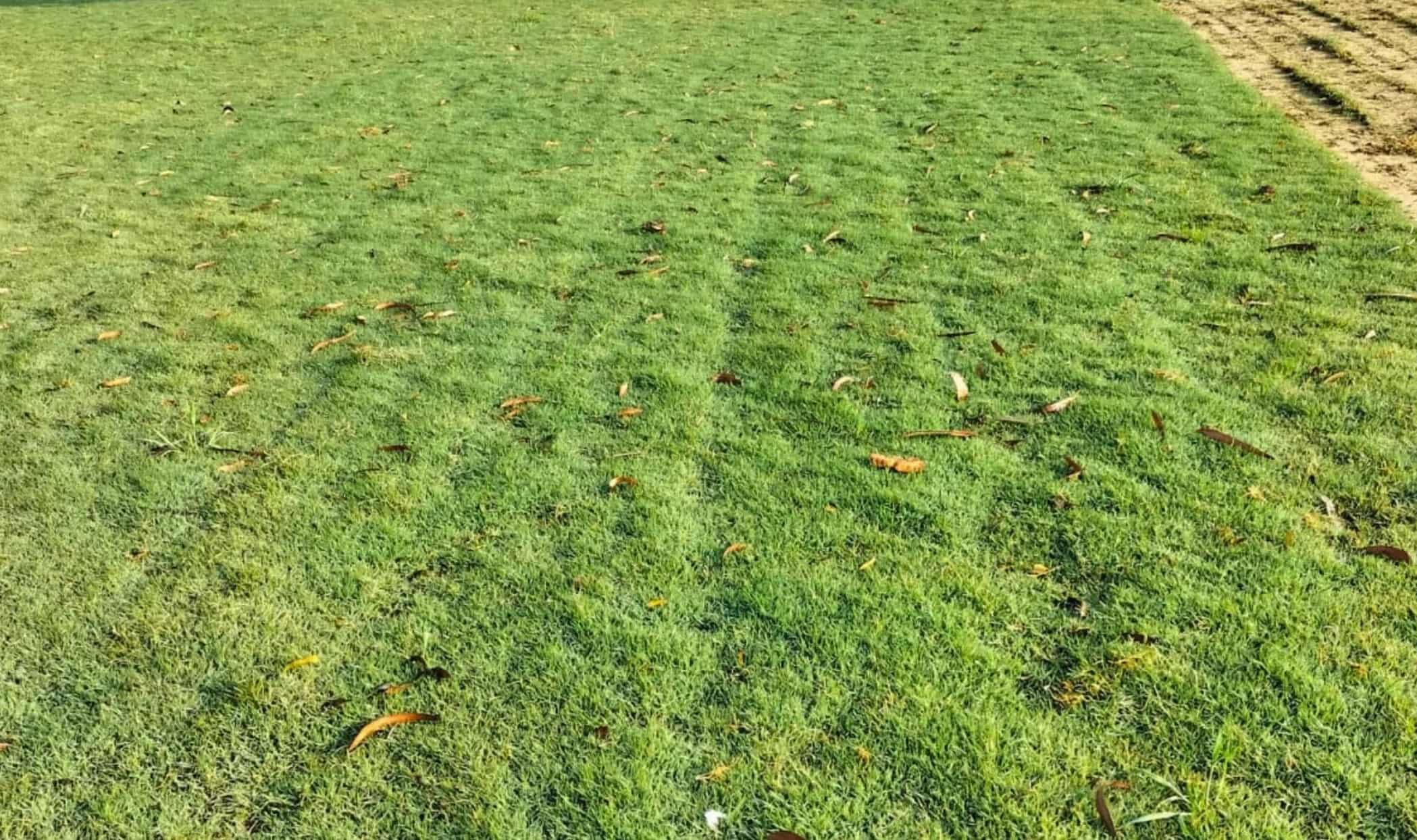
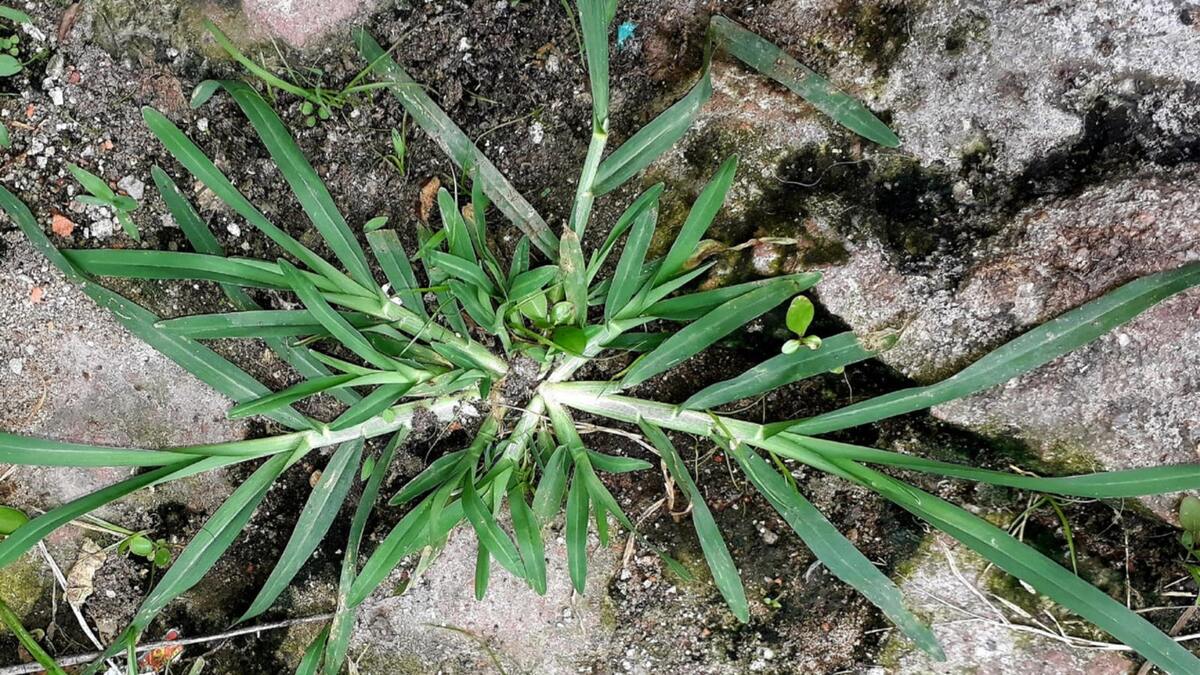
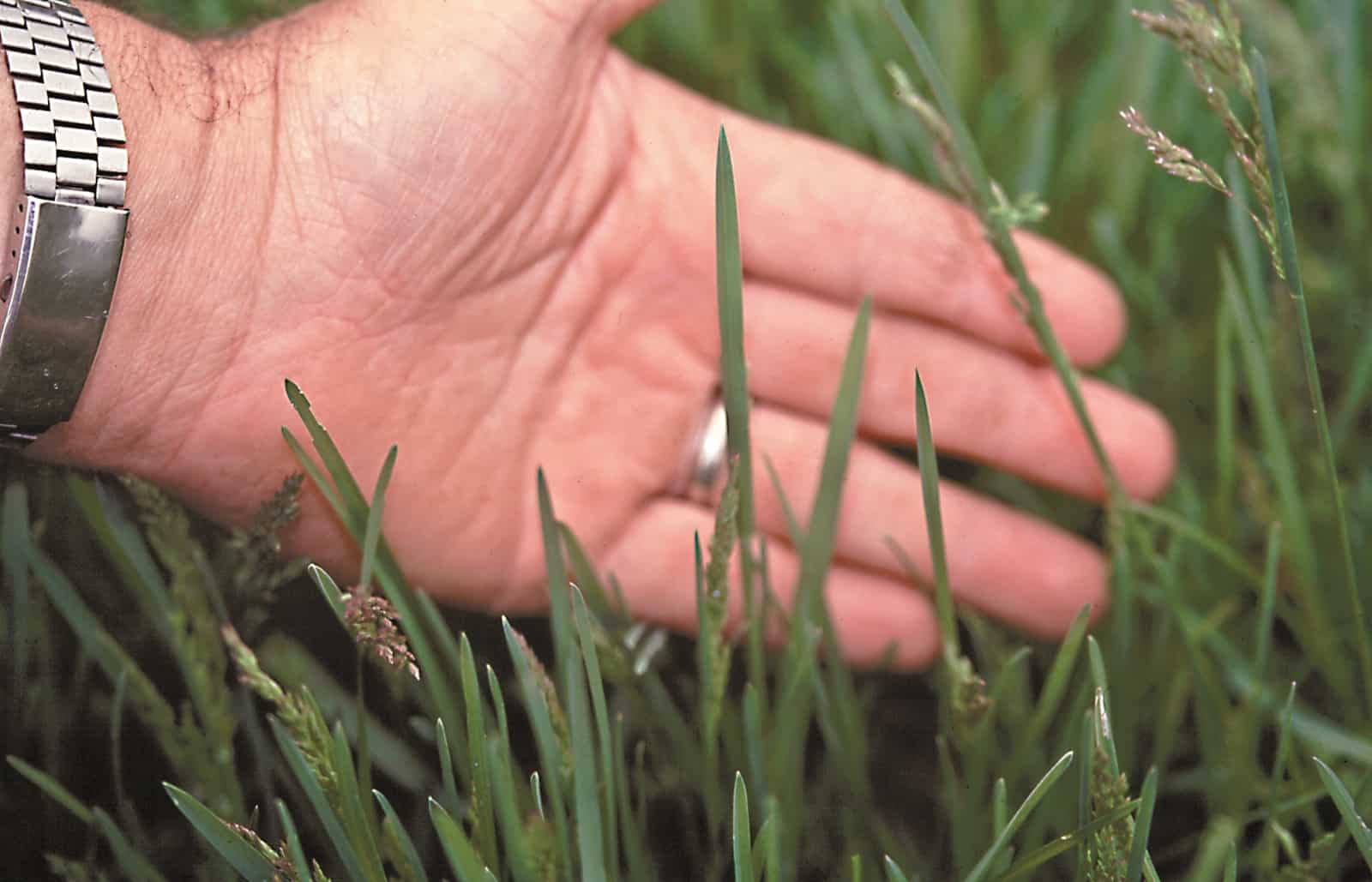
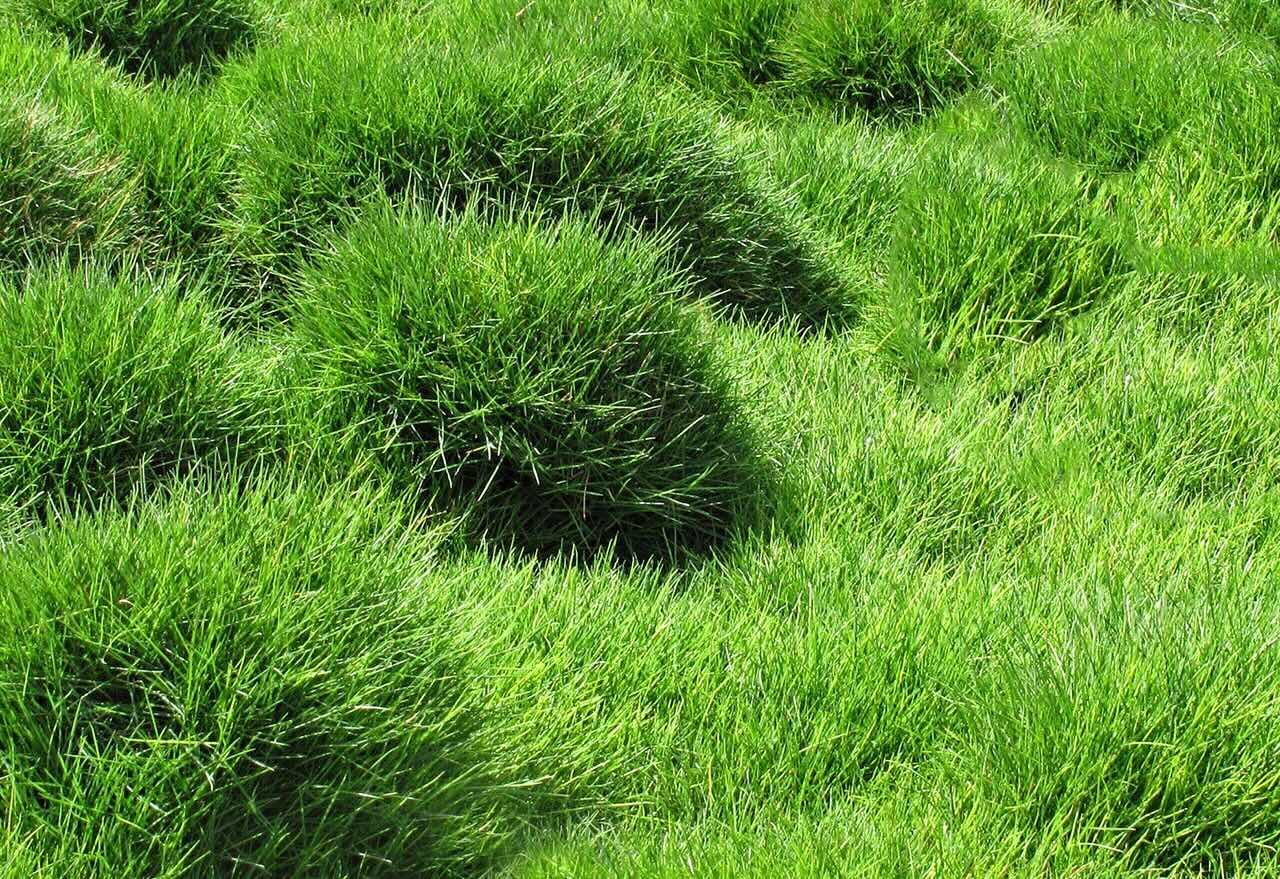
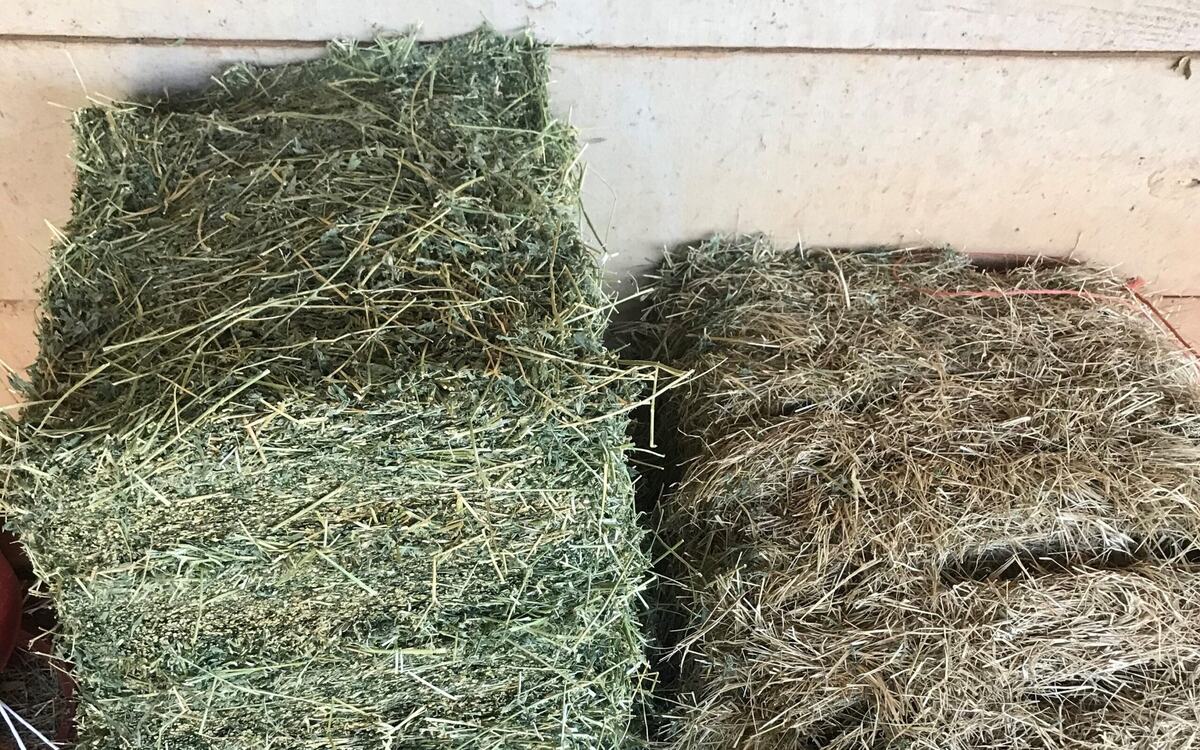
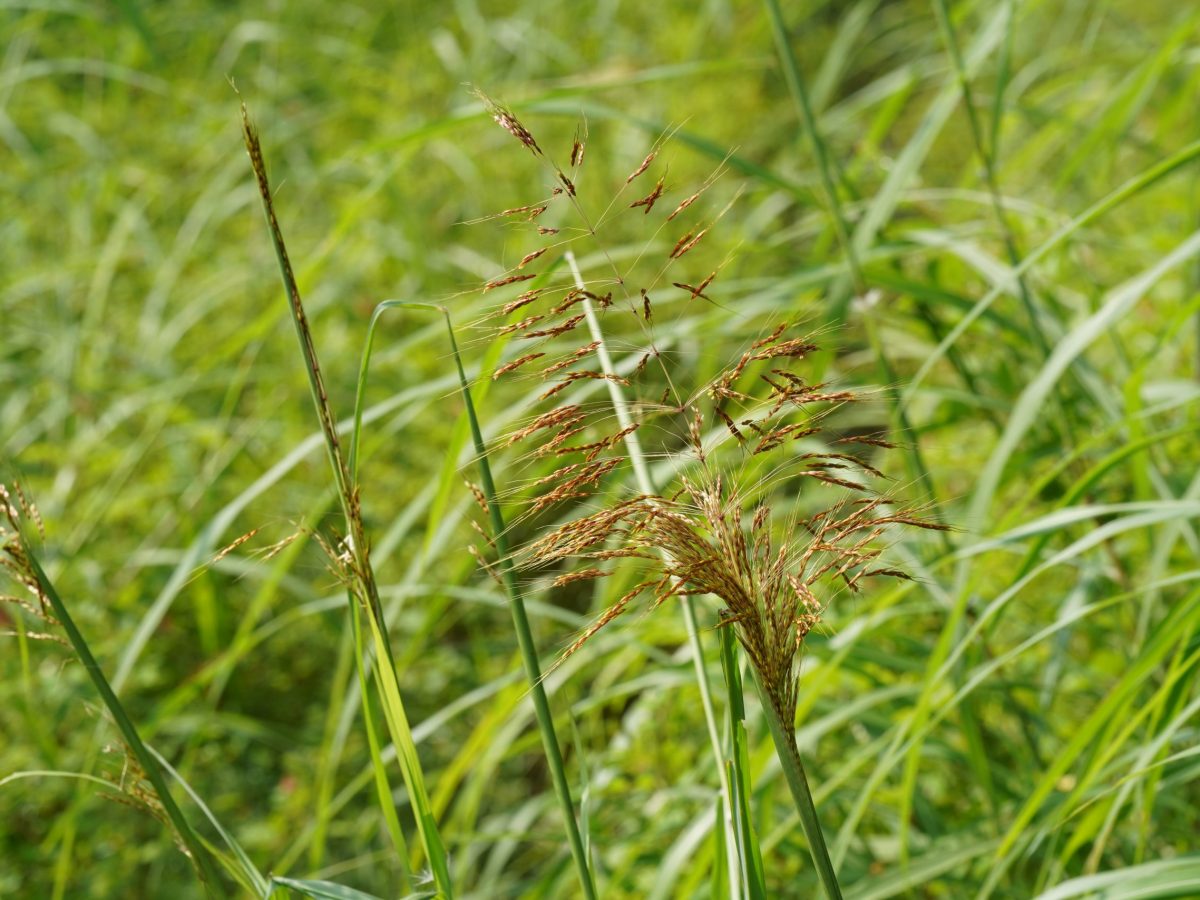
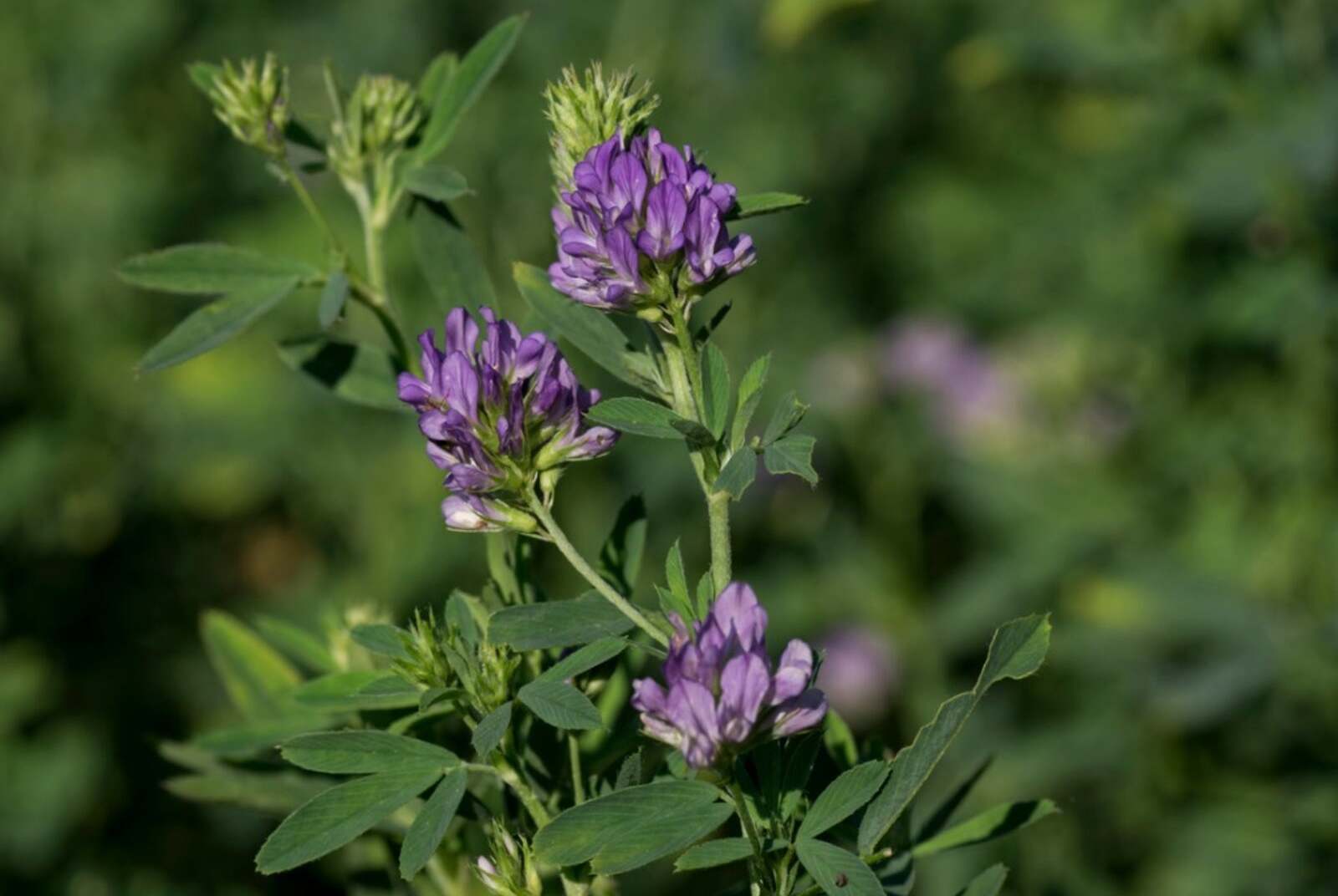
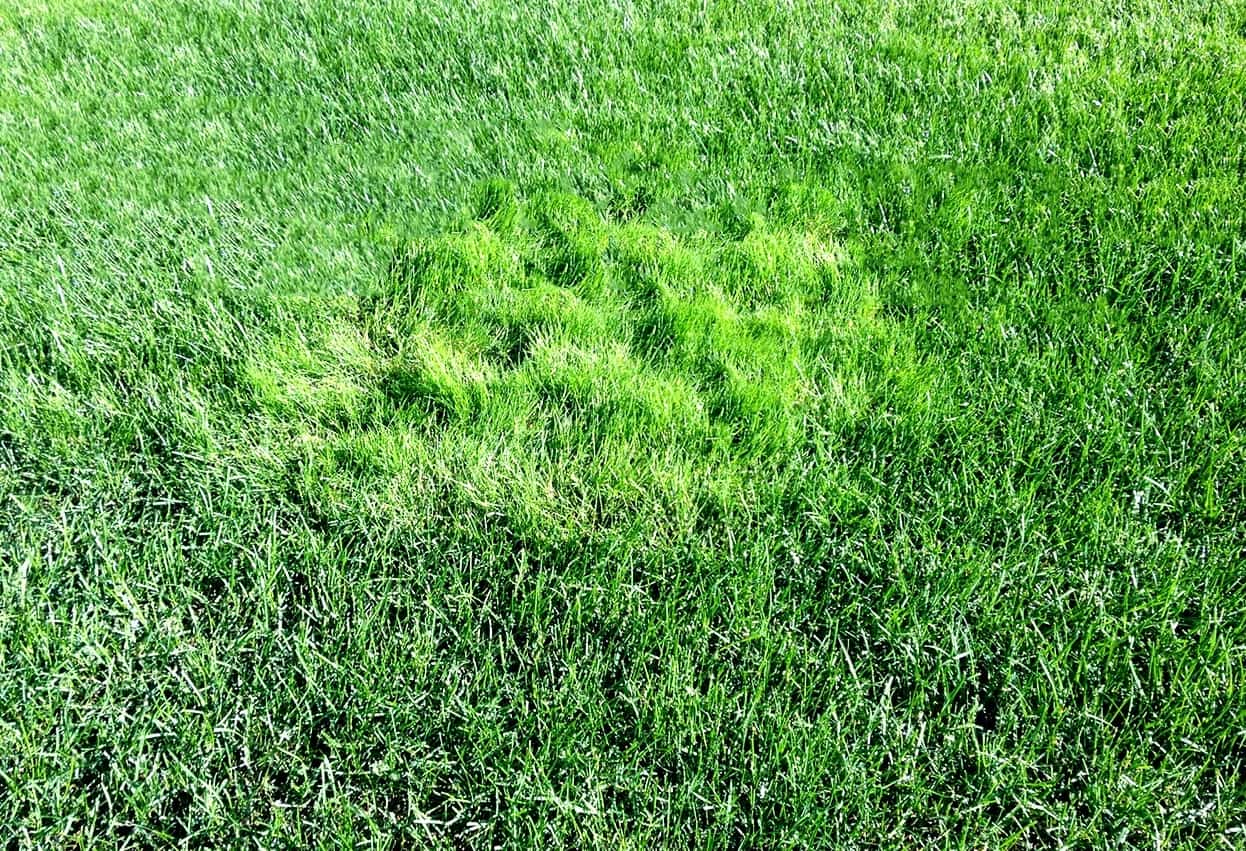
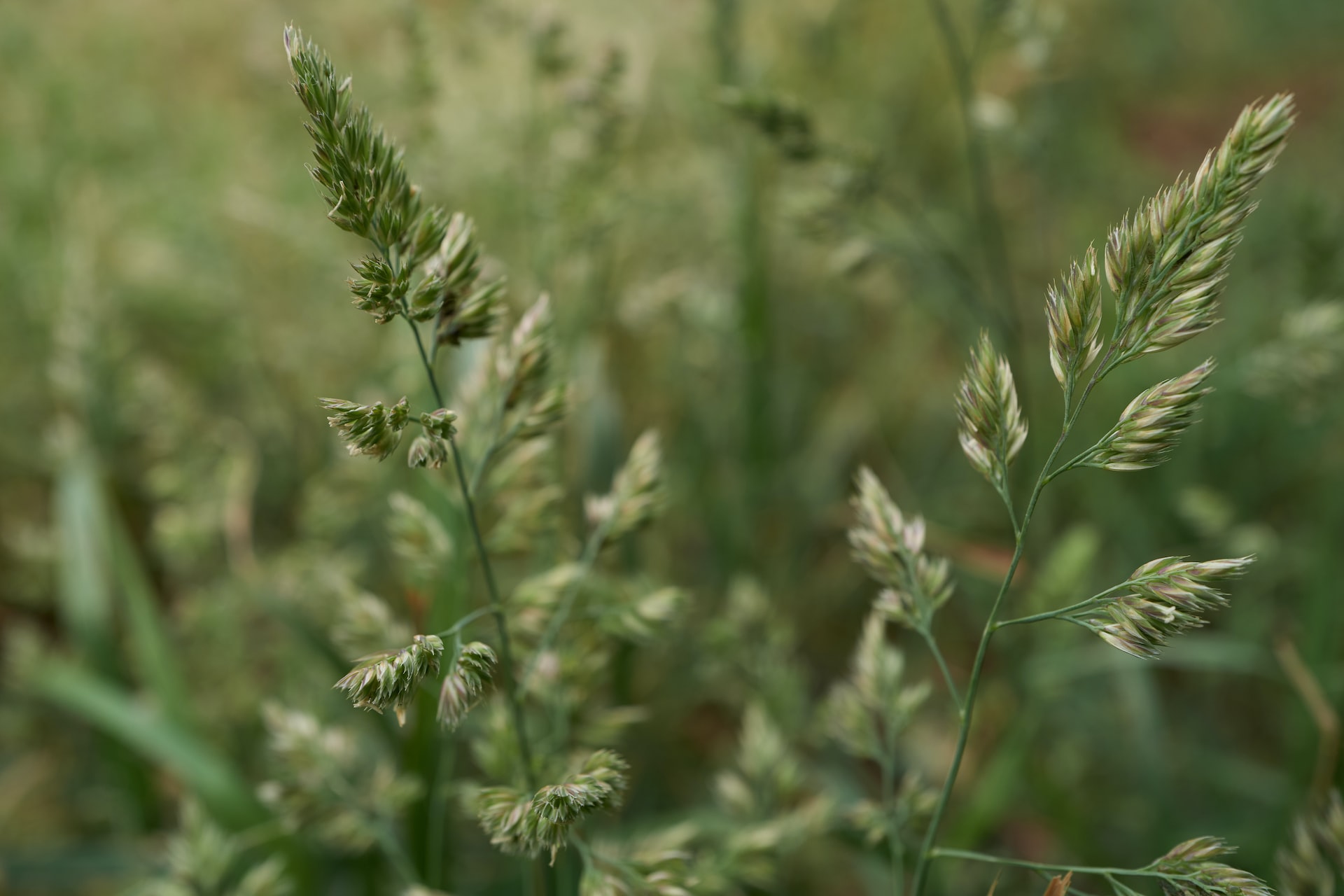
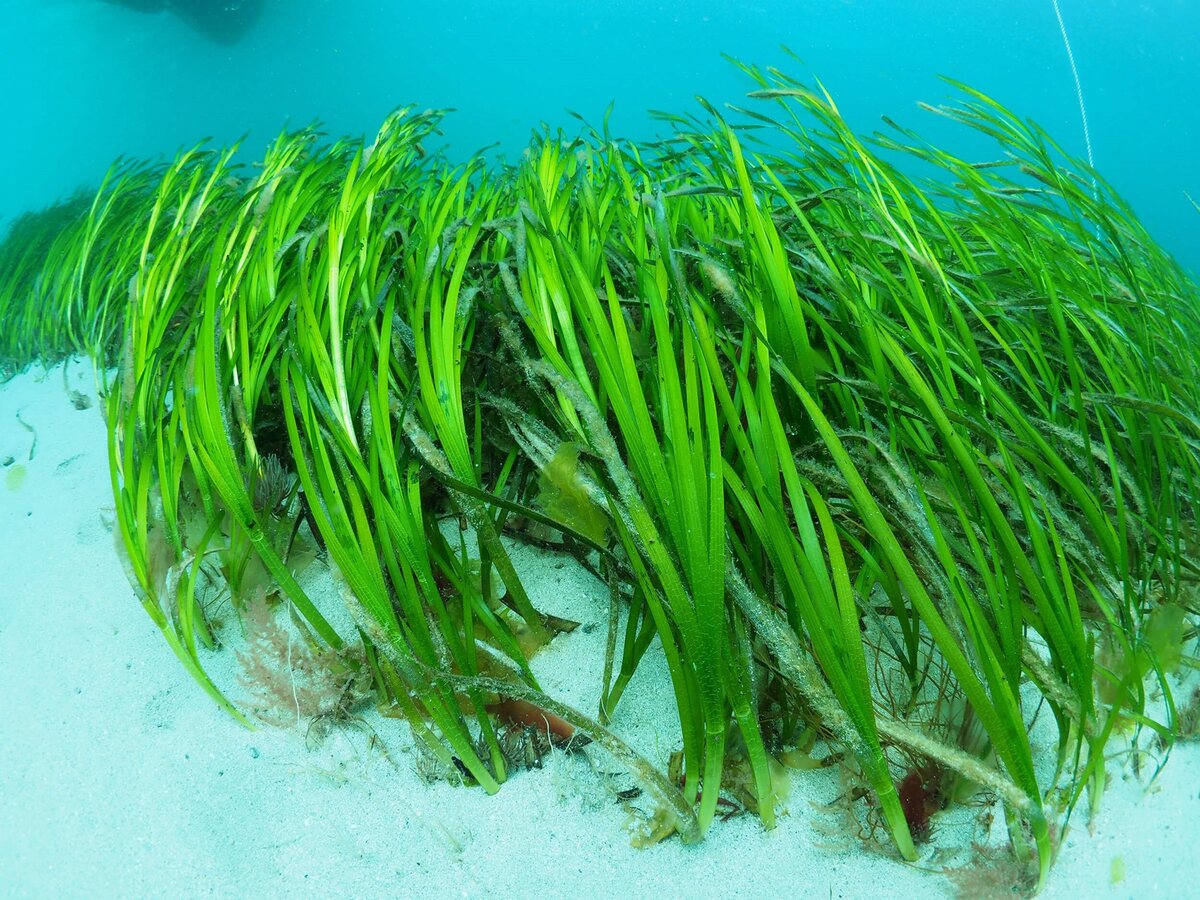
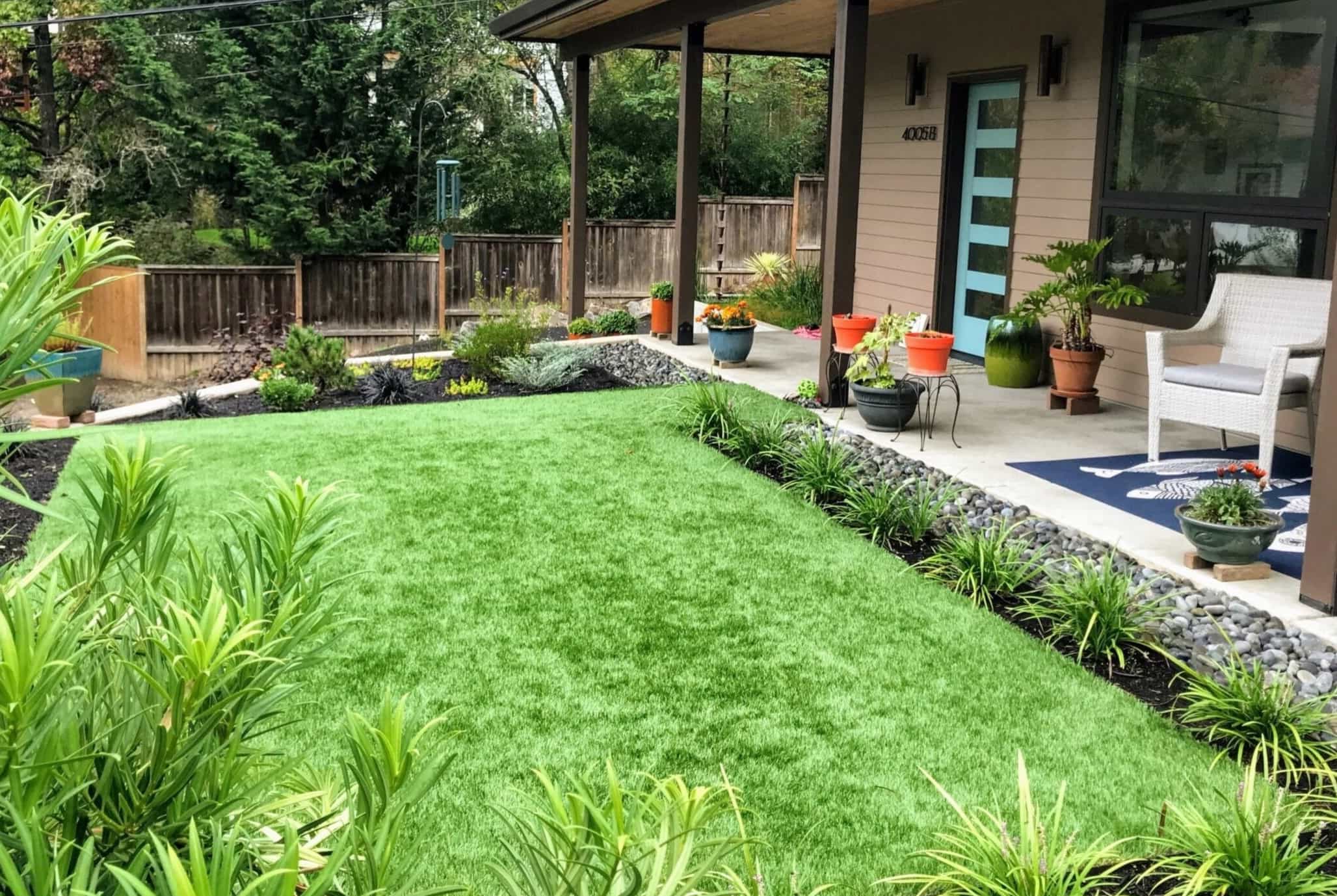

0 thoughts on “What Does Kikuyu Grass Look Like”